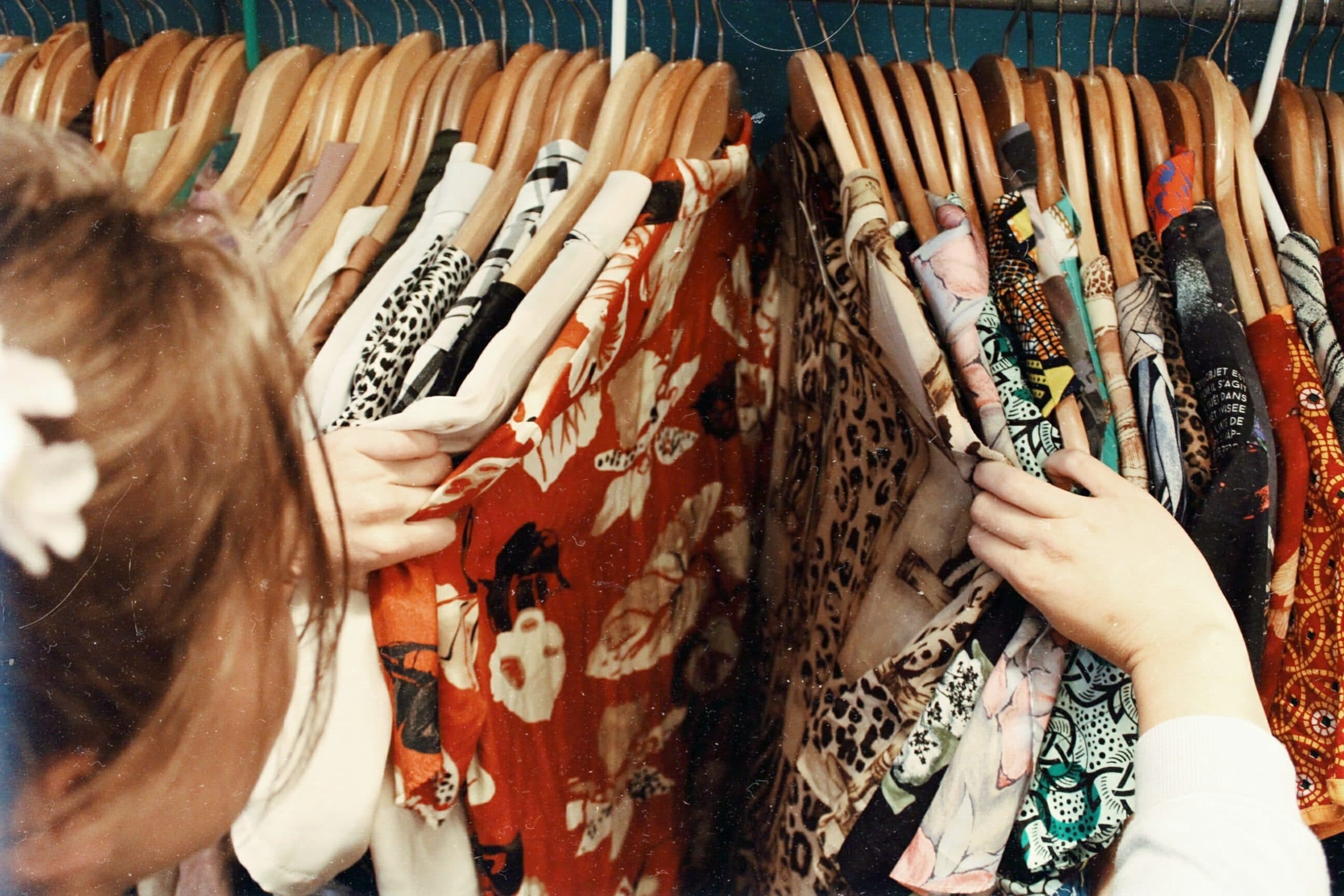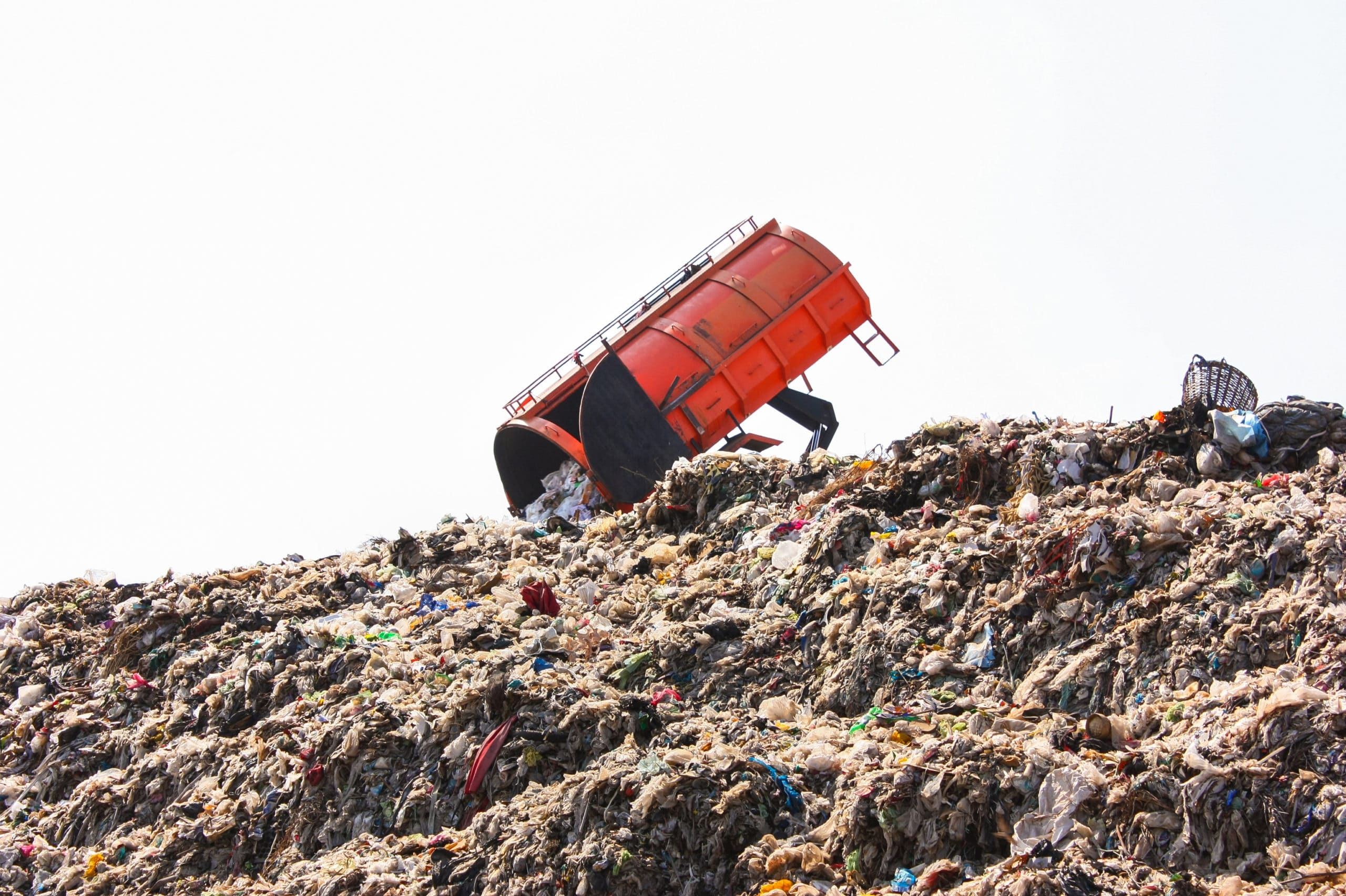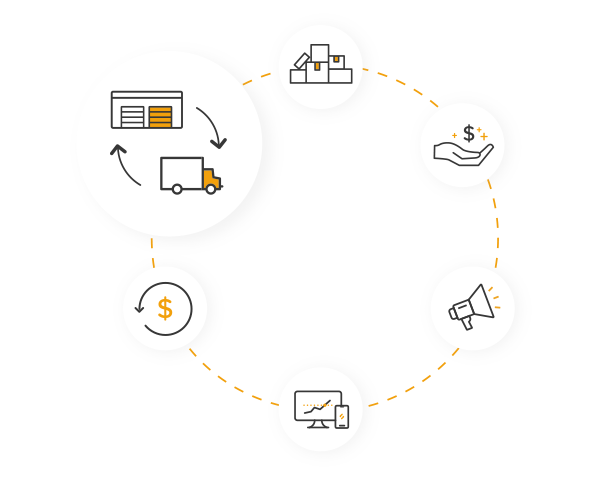As we move closer to a post-pandemic world, there’s a greater demand for social responsibility from companies and retailers. Committing to sustainability is essential — so much so that making these big strides early can offer a competitive advantage. A critical part of any sustainability effort is the supply chain. The global supply chain has significant environmental impacts and provides new value with the right initiatives in place. To get started, we’ve identified the top 3 trends in supply chain sustainability.
Sustainable Sourcing is In
One of the biggest shifts in the industry is the move toward sustainable practices. For instance, sustainably sourced or alternative materials are beneficial for retailers and meets customer demands.
Leading the charge in the fashion industry is H&M Group. Their goal is to use 100% recycled or other sustainably sourced materials by 2030[1]. “Recycled materials are a win-win: they stop waste material from goingco to landfill and reduce the use of virgin raw materials, as well as chemicals, energy and water used to make them,” a spokesperson said[2].
Another apparel brand known for their eco-friendly efforts is Patagonia. According to their Environmental Responsibility Programs, 64% of their fabrics are made with recycled materials. Not only that, 100% of their virgin down is certified to the Advanced Global Traceable Down Standard. Plus, 100% of the virgin cotton in Patagonia’s clothes is grown organically.
With any efforts involving sustainable materials, education is integral to all parts of the supply chain. Manufacturers already label every garment with its fiber content. But, marketers can use those labels to educate customers, thereby improving visibility, customer loyalty, and, ultimately, sales.
Given the manufacturing and production challenges of alternative materials, these items are also produced in smaller batches. These then lend to exclusive, curated collections that generate demand. Therefore, it’s safe to say that sustainable sourcing has a strong future in the supply chain.

Say Goodbye to Packaging Waste
Have you ever opened an online order and noticed how much plastic was used to package a single item? Retailers have, which is why many supply chain managers are instituting new ways to reduce packaging waste.
There are some retailers are exploring reusable shipping totes to reduce packaging, fuel, and pollution. Meanwhile, others are investing in reverse logistics solutions to further eliminate needless packaging and carbon emissions.
For instance, our Express Returns offering at Staples Stores offers contactless, labelless, and packageless returns drop-offs across 1000+ locations nationwide. This helps retailers and shipping carriers streamline their returns processing so consumers can avoid the hunt for a printer and box. The whole process is a win-win.
To learn how to this offering could work for your individual business, explore Optoro’s Returns Experience solution.

Reroute to Reduce Carbon Emissions
As ecommerce surged in 2020, so did sustainability issues and retail’s negative environmental performance. In the past year, 16M metric tons of CO2 were emitted from the transportation of returns alone[3].
To reduce transportation emissions, retailers are leveraging artificial intelligence and data-driven technology to reroute items to their next best home. This technology can also cancel orders prior to shipping, thereby decreasing air pollution, needless trips to warehouses/stores/homes, and costs.
Optoro’s returns management technology helped prevent 4.68M lbs of carbon emissions by reducing transportation and increasing efficiency in the reverse supply chain in 2020[4]. It’s important that retailers embed the right returns technology into their systems in order to reduce their carbon footprints.
We expect these 3 trends in supply chain sustainability to stay for the long-term. So, it’s imperative that retailers work with supply chain planning to update their systems and work on risk mitigation. This will also set the right eco-friendly guardrails in place to run their business.
We’re happy to talk through in real time how reverse logistics technology can improve the environment and returns on investments. All you have to do is schedule a demo with our team and we can find the right solution for you.
Interested in learning more than just 3 trends in supply chain sustainability? Check out these additional resources and sustainability trends:
- Returns Report: Powering Resilient Retail in 2020
- Optoro – Environmental Impact
- Grow A Sustainable Business Through Returns
Sources:
1. “On The Way Towards Sourcing 100% More Sustainable Materials” | H&M Group | March 18, 2019
2. “Sustainable sourcing at scale: H&M’s approach” | Supply Chain Dive | Aug 1, 2019
3. Analysis by Environmental Capital Group and Optoro on the impact of total U.S. retail returns, 2020
4. Powering Resilient Retail, Optoro 2020 Impact Report | Optoro, January 2021
